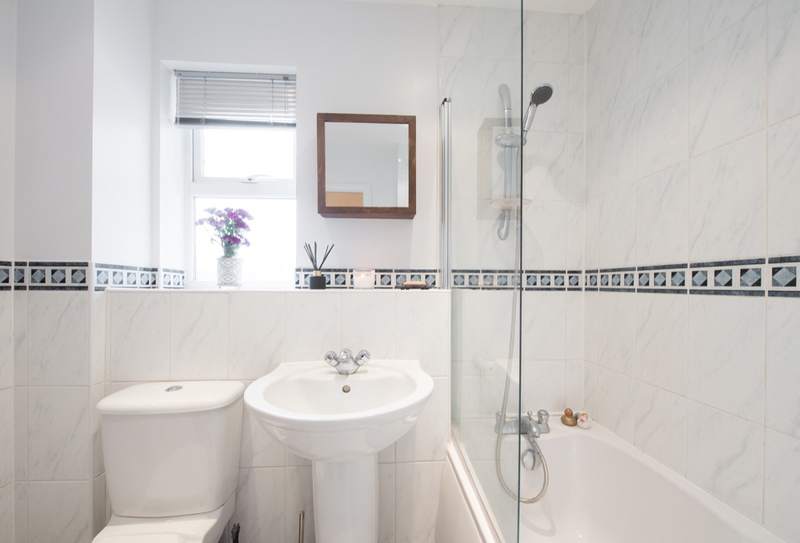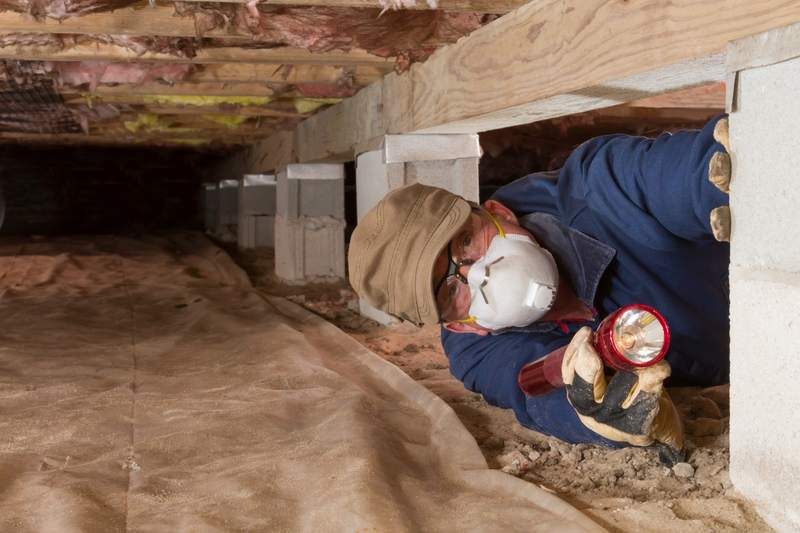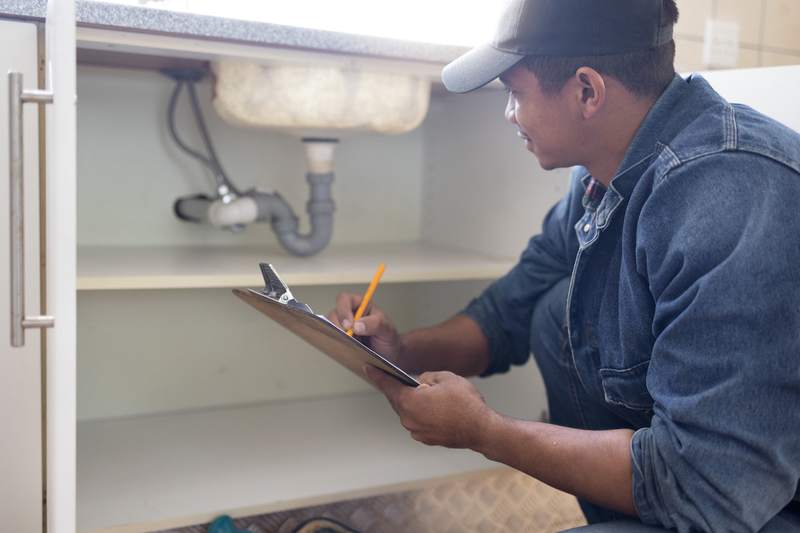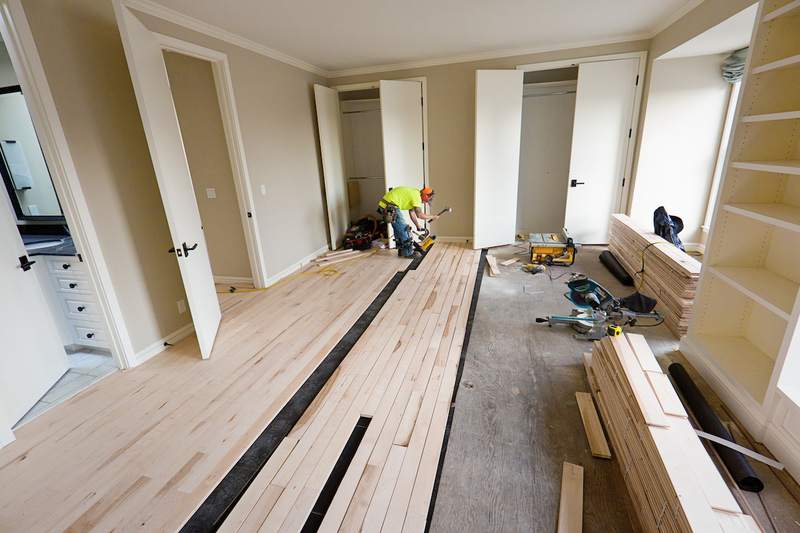
If you’re looking to buy a home and comparing different properties, you’ve likely noticed that there are different classifications of bathrooms. Some homes have half baths, three-quarter baths, and even quarter baths. But the king of all bathrooms is the full bath.
Here’s a rundown of what constitutes a full bath, as well as the pros and cons.
Full Bath Defined
In order to be considered a full bath, the bathroom must contain a toilet, sink, shower, and bathtub. Larger full baths may also contain a closet, double sink, makeup station, and bidet.
Full baths are considered the most sought-after bathroom type because they have everything you need to keep up with daily hygiene.
“It is the most luxurious and preferred type of bathroom, and it is often found in the main bedroom or suite,” says Artem Kropovinsky, an interior designer in New York City. “A full bath lets you choose between a shower and a bathtub, and it has a lot of space for storing and grooming items.”
Elements of a full bath
Here’s a closer look at the four key features that make up a full bath:
- Toilet. Your standard toilet measures roughly 33 inches high, 18 inches wide, and 30 inches deep.
- Sink. A wall-mounted sink usually measures about 18 inches from front to back, while a vanity is typically about 30 to 60 inches wide.
- Bathtub. Even if you’re a shower person, you might have kids or pets that need to be washed in the tub.
- Shower. A typical shower stall measures 32 inches wide, 32 inches deep, and 72 inches high.
How big is a full bath?
To accommodate all four key features that make up a full bath, the bathroom must be at least 40 square feet. The average size of a full bath is anywhere from 40 to 60 square feet. In bigger homes, large full baths can run up to 146 square feet or more.
How much value does a full bath add to a home?
It depends on how fancy the bathroom is. According to the National Association of Realtors, adding an average-size full bath to a home creates $26,807 of value in the property.
Pros and Cons of Buying a Home With a Full Bath
Here’s a rundown of some of the main advantages and disadvantages of a full bath.
Pros of full baths
Some of the benefits of full baths include:
- They can add to the value of your home.
- You have a choice between taking a shower or a bath.
- You have more space than in other types of bathrooms.
Cons of full baths
Some of the drawbacks of full baths include:
- They take up more square footage in a home.
- They’re more expensive to add to a home than other bathroom types.
Should You Buy a Home With a Full Bath?
Chances are you’ll want to buy a home that has at least one full bathroom. If you never take baths, you could be fine with at least one three-quarter bathroom.
According to a report from the National Association of Realtors, most prospective homebuyers want a house with two bathrooms — including a full bath on the main level.
FAQ
Here are the answers to some frequently asked questions about full baths.











